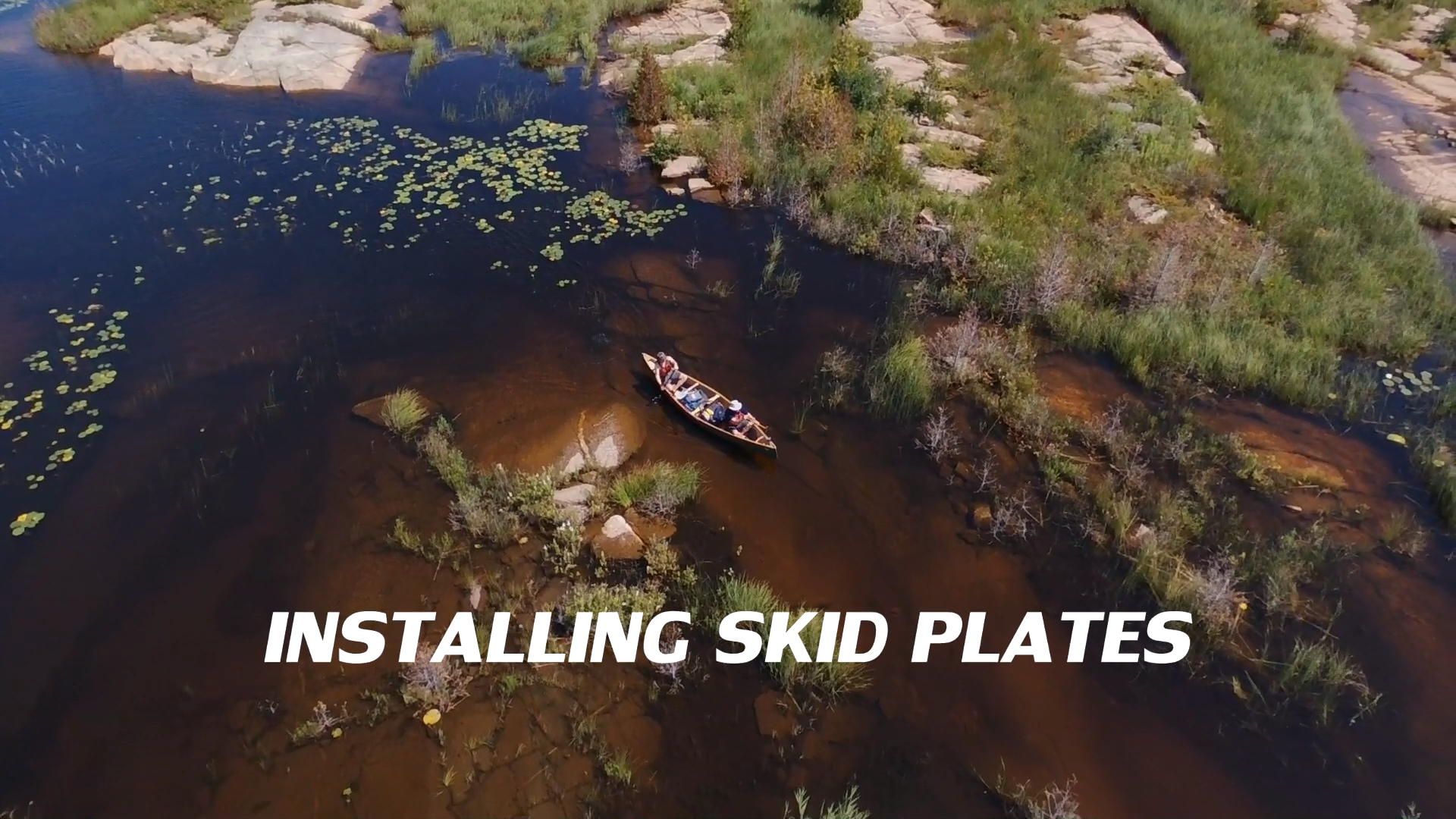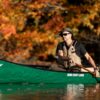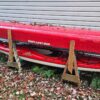The off season is the perfect time to assess the past season’s wear on your canoe’s hull. If you notice the gelcoat on your composite canoe wearing thin on the hull’s stems, it may be time to install skid plates.
You might be wondering:
What’s a skid plate?
A skid plate is a strip of aramid (Kevlar) felt applied with resin to the bow and stern stems of a canoe in order to reinforce these areas of the hull, which tend to be most vulnerable to impact and abrasion. Skid plates are especially useful if you paddle in areas where there’s a high chance of impact (rocky rivers, for example) or if you are in the habit of running the canoe aground when you reach shore.
Can skid plates be put on any canoe?
Almost. Depending on the material of the hull, you will need different types of resin adhesives to apply the skid plates. Nova Craft offers two types of skid plate kits: one for use on ABS (Royalex) hulls and one for use on composite (fiberglass, TuffStuff, Kevlar, carbon fibre etc). The instructions for application vary slightly between these two kits.
Currently there is no kit available which is suitable for applying skid plates to polyethylene (SP3) hulls.
How much weight will skid plates add to my canoe?
Like any upgrade and modification, skid plates will alter the total weight of your boat – expect them to add between 2-3 lbs.
Can I install skid plates myself?
Yes! Installing skid plates is easy enough to do on your own. Just make sure you’re working in a well ventilated, room temperature area. Check out the video below for a step-by-step guide for installing skid plates on a composite hull. You can purchase your kit here, or order one through your nearest Nova Craft distributor.
In addition to the contents of the kit, you’ll need a few more things to do the job right:
– a set of saw horses
– tape measure
– pencil
– newspaper or garbage bags
– masking tape
– paint thinner
Be sure to let the skid plates cure overnight before you take your canoe on the water.
Video by Wayne Jennings.






